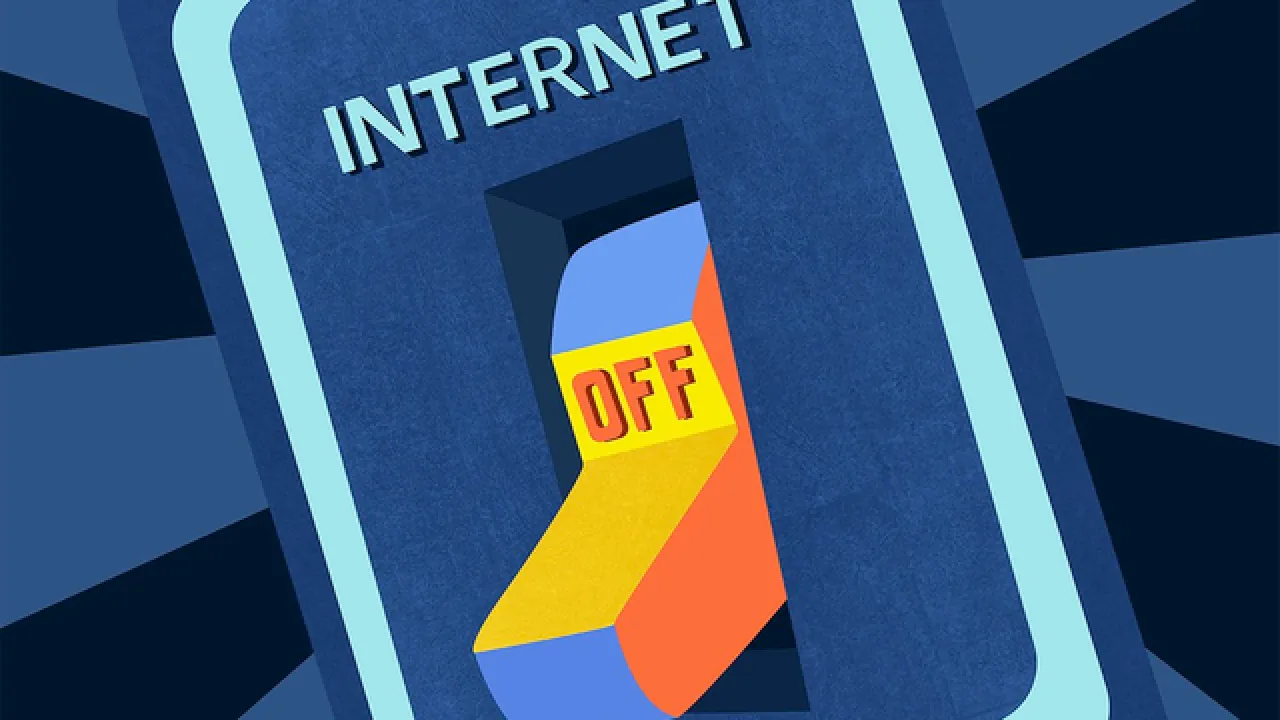
Websites including the Guardian, the UK government's website gov.uk, Amazon and Reddit have been hit hard by internet outages. This issue made the sites inaccessible to many users for more than an hour on Tuesday morning.
The shutdown detected a failure of the fast-moving content delivery network (CDN). It started around 11am in the UK, with visitors to many sites receiving error messages, including "Error 503 service not available" and Truss "connection failure".
Other victims include CNN, the New York Times, and the Financial Times, as well as streaming services Twitch and Hollow.
In addition to bringing down some websites completely, the failure also broke certain parts of other services, such as Twitter servers that host social network emojis.
The failure was not geographically universal. Users in some places, such as Berlin, did not report any problems, while others experienced major failures throughout the Internet. The closure was reported in various locations, including London, Texas and New Zealand.
Within minutes of the shutdown, cloud computing service provider Fastley acknowledged that its content distribution network was to blame. The company operates an "Edge Cloud" designed to help websites speed up load times, prevent denial of service attacks and help them deal with traffic jams.
This technology needs to sit between most of its clients and their customers. This means that if the service experiences a catastrophic failure, it can completely stop these companies from operating on the net.
An error message, published at 10.58 UK, explicitly states: "We are currently investigating the potential impact on performance with our CDN services." It wasn't until about 11:30 a.m. UK time, about an hour later, that the UK announced an immediate end to the incident. He said that this issue has been identified and it has been implemented. With the return of global services, consumers may experience an additional burden.
Despite speculation on social media that the shutdown was the result of a vicious attack that led to the #cyberattack # hashtag trend on Twitter, there is no evidence that it points to a corrupt game. Instead, the company says there was a configuration error. A Fast Spokesperson said: "We have identified the creation of a service that has caused global disruptions to our POPs [locations of presence] and disabled this setting. Arriving.
A spokesman for Boris Johnson said the government was aware of the difficulties in accessing Government.com. He also said that reports that users could not book the Cove 19 test online were being investigated as an "emergency".
Asked if the ministers believed that any malicious foreign group or state was responsible, he said it appeared that "numerous sites are being affected globally, it seems that someone The site has not been targeted. "
Different websites deal with the output in different ways. The Guardian moved to Twitter to run a dedicated live blog, while tech news site Verge published the news to a shared Google Doctor - even a reporter accidentally shared a link on Twitter that caused the audience to I had the opportunity to edit.
The increasing centralization of Internet infrastructure at the hands of a few large companies means that one point of failure can result in massive shutdowns. In 2017, for example, an issue in Amazon's AWS hosting business caused some of the world's largest websites to use for hours on the east coast of the United States.
In 2020, another CDN company, CloudFlyer, had a half-hour blackout for most of the Internet in major cities in Europe and the United States. CloudFlare's shutdown eventually led to the detection of a single physical link error, connecting data centers in Newark and Chicago, leading to a major failure that hollowed out about 20 data centers worldwide. ۔